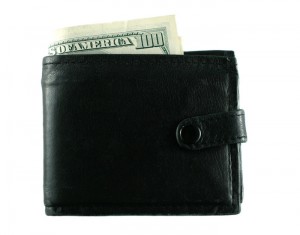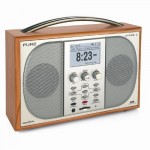Mahler’s portentous statement about being appreciated not in his own lifetime but after his death has been negated by the Digital Age. Thanks to the affordability of home computing, music software and YouTube, bedroom music studios have become ubiquitous, amateur performances are posted on-line, and you can have your fifteen minutes of fame spread in short bursts across the globe.
But popularity’s problem exists not only in the medium, which makes performers of many but professionals of few, but in the message. Alexander Goehr identifies the beginning of the avant-garde movement as being the moment when music turned its back on the audience and lost its appeal, when it became concerned less with communication with its audience than expressing the ideas of the composer, irrespective of whether the audience related to those ideas or not. Schoenberg’s twelve-tone system: Stockhausen’s electronica; the New Complexity movement of the 1970s; or jazz’s escape from tonal and harmonic structures into the realms of spontaneous improvisation in free jazz in the 60s with Ornette Coleman: such times often coincide with episodes of great creativity but little commercial success – audiences can’t understand what is going on, and feel left behind.
Pop music, however, is all about instant gratification: as its name implies, it is written to appeal to people immediately, and survives (or expires) for as long as that particular musical fad holds sway – and sells records.
Jonathan Harvey considers the relationship between artist and audience in the third chapter of Music and Inspiration, where he comments on composers such as Hindemith and Copland actually altering the path of their musical development, in order to directly engage the listener once more after they felt they had alienated them.
Is it important to consider the appeal of your music as you write it ? Should the listener be taken into account ? If you are using a tonal or harmonic palette which might be difficult for the audience to follow, or are using effects and technical devices that are challenging to the ear, is that a factor that should govern the way a composition is realised ? Or, more succinctly, can a composer take the listener into account when writing without compromising their artistry, what it is they are saying and how they are saying it ?
Of course, it is not all about making the listener’s life easy: otherwise, Schoenberg would not have created the twelve-tone system, and Ferneyhough would never have written a note; and new music is all about a new listener experience. Then again, composing ought not to be about deliberately challenging the listener in such a way as to alienate them: ought it ?
Composing in the Darmstadt School in the 1960’s was aggressively confrontational, seeking willfully to alienate the listener in order, it seems, to validate its own modernity by repudiating consonant sonorities associated with tradition. As Hans Werner Henze writes, ‘Any encounter with the audience that was not catastrophic and scandalous would defile the artist.’
But time is a great agent of acclimatisation. What caused an uproar when first written, or met with audience bewilderment and critical hostility – the Rite of Spring, for instance – often settles down into becoming a part of the great canon of concert repertoire. The message a piece is trying to convey, innovations it is trying to wreak, or a musical language that at first seems incomprehensible, often crystallises over time, usually with greater listener experience.
I speak from personal experience here. When I was about 11, in a spirit of musical enquiry, I lowered onto the record-player an LP from my father’s collection, an album with a slightly far-out artistic cover depicting a sax player called, the liner notes revealed, Charlie Parker.
I’d been playing the piano from a tender age, the usual fodder of examination repertoire distilled from the Classical tradition, but this was utterly alien to me: I had no idea what was going on, and put it to the back of the stack of records. About three years later, I’d been playing some jazz pieces with a clarinettist – Benny Goodman, Count Basie – and I came across the same LP. This time, when I listened to it, I could see where the music was going, harmonically-speaking: I could hear the underlying harmonies and had a sense of the musical landscape the notes Parker’s improvisation occupied. The music hadn’t changed in the intervening years: I had, my listening experience had widened and my understanding had developed. (Although I’m not sure I will ever comprehend Free Jazz).
Perhaps composers should follow their musical Muse wherever it leads them, trusting in posterity to allow audiences to comprehend their work if the contemporary critical response is not positive. Artistic integrity versus commercial appeal: where do you stand ?



